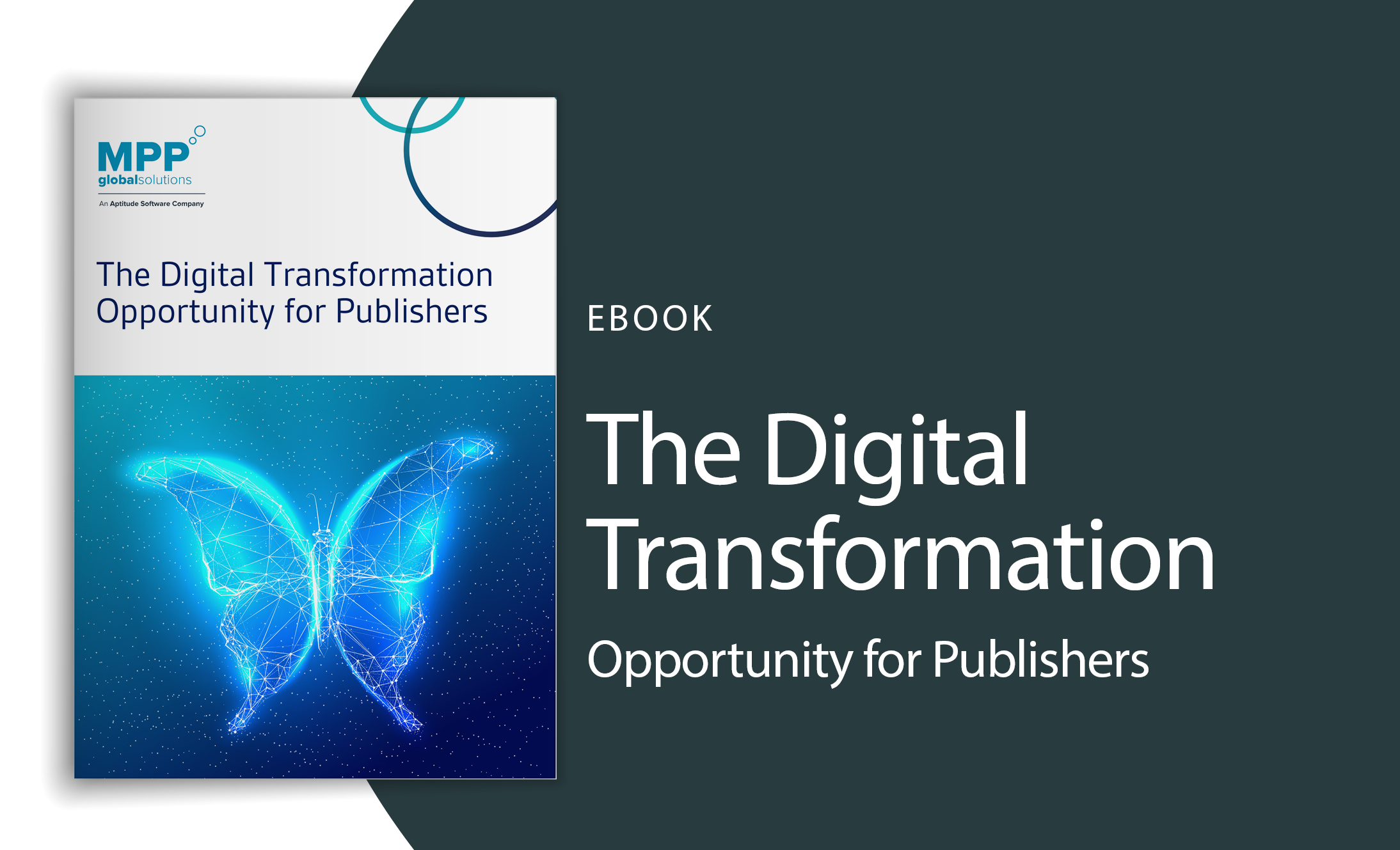Digital Rights or Digital Restrictions?
The original basis of Digital Rights Management (DRM) was arguably a noble one. Much in the way that copyright seeks to protect an artist; it is designed to protect digital content.
In essence, integrated software restricts the “misuse” of digital content in a way not agreed or intended by the content provider. Essentially trying to ensure opportunities to generate revenue from content are ring-fenced.
However, detractors of DRM say that it should stand for Digital “Restrictions” Management – and accuse content providers of overstepping their authority.
Trying to stop DRM being circumvented too is increasingly difficult, resulting in some companies now offering DRM-free products – allowing consumers for example, to burn music to a CD or sync to a mobile, laptop or connected-TV as often as they want.
In the newspaper industry more and more papers are looking at protecting online premium content by locking it behind a digital pay-wall.
Towards the end of 2010, News Corporation reported that more than 100,000 “digital products” had been sold since putting up the pay-wall on the online Times and Sunday Times in the summer – and of course it is still early days.
To survive the combination of a recession and dwindling print sales, the media industry has had to look at raising revenue from at least some of its digital content – and pay-walls are one credible option.
DRM will continue to have a role to play for some time, but perhaps the priority now should be to focus on how to generate income by giving consumers greater, rather than less, access to digital content and how they use it.
 us
us 






 Posted by MPP Global on
Posted by MPP Global on


